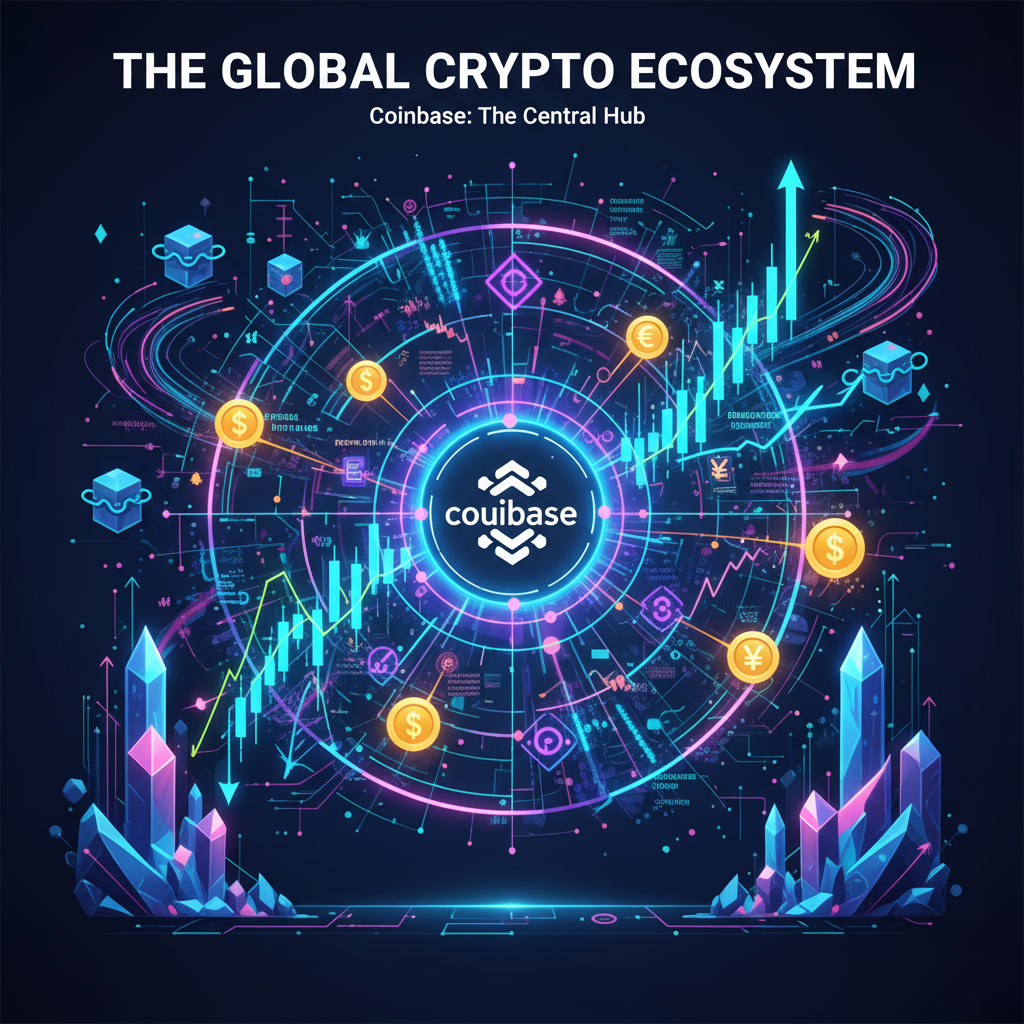The blockchain ecosystem is witnessing a striking milestone as the Solana (SOL) network processes approximately 70 million transactions per day, according to data from DeFiLlama as of October 30. At the same time, Solana’s decentralized exchange (DEX) monthly volume has surpassed $143 billion, placing it in close competition with the Ethereum (ETH) network despite major architectural differences.
Impressive Throughput & On-chain Activity
Solana’s throughput numbers are remarkable in today’s crypto landscape. Processing ~70 million transactions per day marks a substantially higher transactional throughput compared to many peers.
In parallel, the Solana DEX ecosystem has generated monthly trading volumes exceeding $143 billion—just edging ahead of Ethereum’s ~$138 billion in the same period.
This combination of high transaction counts and severe trading volumes underscores Solana’s increasing relevance—not only as an infrastructure platform, but more importantly as an active marketplace and economy in motion.
Technical Foundations & Network Enhancements
The surge isn’t simply due to luck. Solana’s architecture and recent network improvements have contributed meaningfully.
-
The network supports ~1,100 transactions per second on average, sustained by ~1,295 consensus validators spread across 40 countries.
-
A key metric: the Nakamoto coefficient (measuring decentralization) stands at 20 for Solana, suggesting a moderate level of decentralization under the current validator distribution.
-
In response to a significant outage on February 6 2024 (a 5-hour downtime), the Solana ecosystem accelerated enhancements:
-
Implementation of Stake-weighted Quality of Service (QoS) mechanisms.
-
Testing of a hybrid client model including the Firedancer execution client alongside legacy clients.
-
Adjustments to validator economics and fee mechanisms to enhance robustness and incentives.
These moves appear to have reinforced confidence in the network’s ability to handle scale and stress.
-
Why Solana’s Model Stands Out
Comparisons with Ethereum help clarify what Solana is doing differently.
-
Ethereum, while dominant in DeFi and smart contracts, is handling under 1.2 million transactions per day—far less than Solana’s 70 million.
-
Ethereum’s scaling strategy relies extensively on Layer 2 roll-ups which bundle transactions and post them to the main chain; Solana, by contrast, operates a monolithic model where most activity occurs at the base layer.
-
Solana’s fixed base fee structure (e.g., 0.000005 SOL per signature) and optional priority fees mean that users can transact at ultra-low cost, even under load—but this structure presents trade-offs in validator revenue and fee market dynamics.
In short: Solana’s model emphasises high throughput, unified liquidity, minimal layering, and ultra-low transaction costs. The result: a busy network and strong user activity.
What Lies Ahead: Risks & Growth Catalysts
Despite the impressive figures, several variables will determine whether Solana can sustain and build on this momentum.
Key catalysts include:
-
Full deployment of Firedancer and diversification of clients: this will be critical to maintaining reliability under high loads.
-
Further evolution of fee mechanisms (such as the SIMD-96 proposal) and better alignment of validator incentives and staking economics.
-
Continued innovation and growth in DeFi protocols, memecoins, integrations (wallets, bridges), which fuel usage and volume—activities already visible on Solana.
Risks & challenges to note:
-
Monolithic architectures like Solana’s require validators to maintain high-performance hardware and face higher operational demands; this may pose centralisation risks.
-
Ultra-low fees may limit validator revenue in the long-run unless volume remains very high or other revenue streams (e.g., priority fees, MEV) grow correspondingly.
-
External competition: Ethereum’s roll-up ecosystem continues to evolve; if roll-ups dramatically improve and fragment liquidity less, Solana’s current advantage may face pressure.
Final Thoughts
At ~70 million transactions a day and a DEX volume surpassing $143 billion per month, Solana is clearly signalling that it is no longer just an experimental blockchain—it is functioning as a major network with serious on-chain activity.
Its architectural choices—monolithic layer, minimal fees, high throughput—enable a user experience that is fast, cheap and integrated. But with this comes the responsibility of infrastructure reliability, validator sustainability, and continued network decentralisation.
If Solana can maintain and further scale these numbers while keeping decentralisation and economic incentives balanced, it may rise to a much stronger position in the blockchain ecosystem. Time will tell how well it navigates the trade-offs between performance, fees, decentralisation and ecosystem growth.
Ready to start your cryptocurrency journey?
If you’re interested in exploring the world of crypto trading, here are some trusted platforms where you can create an account:
- Binance – The world’s largest cryptocurrency exchange by volume.
- Bybit – A top choice for derivatives trading with an intuitive interface.
- OKX – A comprehensive platform featuring spot, futures, DeFi, and a powerful Web3 wallet.
- KuCoin – Known for its vast selection of altcoins and user-friendly mobile app.
These platforms offer innovative features and a secure environment for trading and learning about cryptocurrencies. Join today and start exploring the opportunities in this exciting space!

Join our crypto community for news, discussions, and market updates: CryptoBCC on Telegram.

Disclaimer: Always do your own research (DYOR) and ensure you understand the risks before making any financial decisions.




